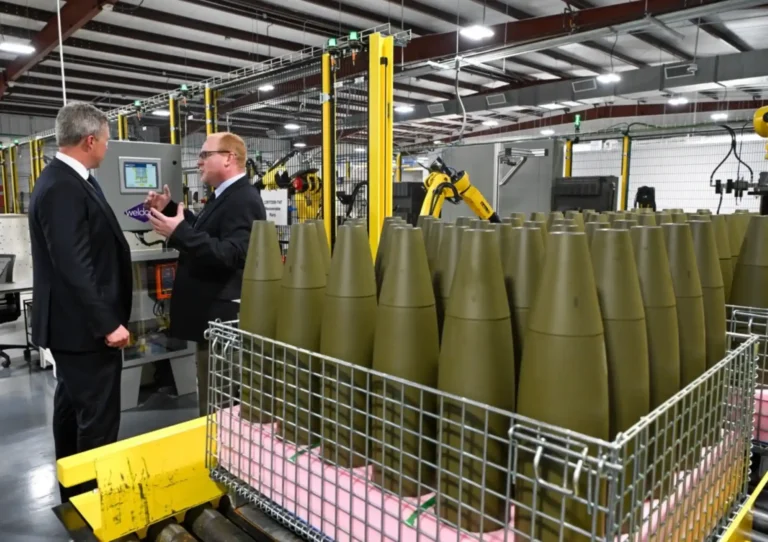Follow Us:

Share
Defense Feeds – As we can see that some aircrafts are equipped with contra-rotating propellers. Contra-rotating propellers refers to an installation in which two propellers are attached to the same engine with one is installed immediately behind the other.

It applies the maximum power of a single piston or turboprop engine to drive two coaxial propellers in contra-rotation (rotating in opposite direction around the same axis) and power is transferred from the engine via a planetary gear or spur gear transmission.
When airspeed is low, the mass of the air moving through the propeller disk (thrust) causes the spinning blades to create a substantial quantity of tangential or rotational air flow.
A single-propeller design wastes the energy of this tangential air flow, which produces handling issues at low speeds as the air impacts the vertical stabilizer, causing the aircraft to pitch left or right depending on the direction of propeller rotation.
To make use of this wasted effort, a second propeller is mounted behind the first to take the advantage of the disrupted airflow. A well-designed contra-rotating propeller will have no rotational air flow, allowing the propeller disk to push the maximum amount of air equally through it. Consequently resulting in good performance and minimum induced energy loss.

In other words, the use of contra-rotating propellers recovers energy lost due to air motion in the forward propeller’s slipstream, allowing for an increase in power without increasing propeller diameter. It will also assist in reducing the torque impacts of a high-powered piston engine.
Additionally, contra-rotating propellers have been found to be 6% to 16% more efficient than conventional propellers. Therefore, they have been used in several military aircraft, such as the Tupolev Tu-95 “Bear” and are currently being examined for use in airliners as well.
While several countries experimented with contra-rotating propellers in aircraft, but only the United Kingdom and the Soviet Union that massively produced them. To be precise, some of the most successful British aircraft with contra-rotating propellers are the Avro Shackleton, driven by the Rolls-Royce Griffon engine, and the Fairey Gannet, which used the Double Mamba Mk.101 engine.
In the Double Mamba two separate power sections drove one propeller each, allowing one power section or engine to be shut down in flight which can increase the endurance.
Moreover, the NK-12 turboprop that can drives an 8-blade contra-rotating propeller developed by Kuznetsov Design Bureau, The NK-110 with a four blades front and back contra-rotating propeller configuration, and the An-70 powered by four Progress D-27 propfan engines are among the list of Russian driving contra-rotating propellers aircrafts.
Share
Defense Feeds is publication focusing on informing, engaging, and empowering the world by providing accurate information from defense technology.
Powered by Defense Feeds © 2025 – All rights reserved.